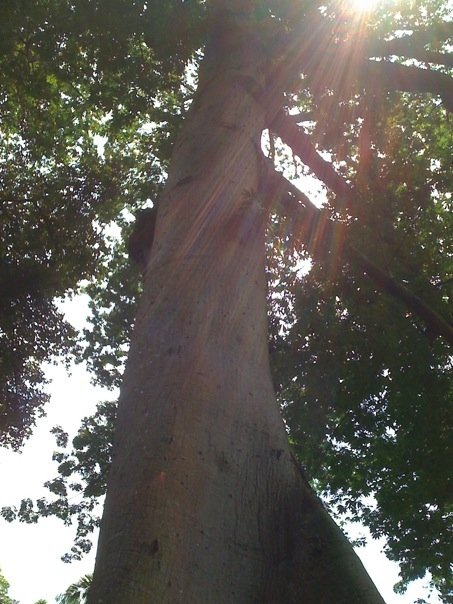 Traditionally within the Wheel of the Western Year (by that I mean the progression of the year through the seasons) there are two times when the “veil” between the worlds of our inner and outer perception are thinned, making visionary and dream experiences somewhat more pronounced and vivid. These two times are before and after May the 1st of May or “Mayday”, and the few weeks before and after Samhuinn, or Halloween as it is most commonly known nowadays from October 31st to November 2nd.
Traditionally within the Wheel of the Western Year (by that I mean the progression of the year through the seasons) there are two times when the “veil” between the worlds of our inner and outer perception are thinned, making visionary and dream experiences somewhat more pronounced and vivid. These two times are before and after May the 1st of May or “Mayday”, and the few weeks before and after Samhuinn, or Halloween as it is most commonly known nowadays from October 31st to November 2nd.
Certainly I find that right now in the run up to this years’ Samhuinn my dream life is becoming very vivid, meeting many different characters and taking strange journeys in my sleep. This time of year is also a time of “reversals” where bad appears as good, good appears as bad. It can be a time of confrontation with our own shadow self , and with the shadow self of the group unconscious. It can also be a time where the spirit of our ancestors attempts to contact us.
Because of all the above things, if you are at all psychically sensitive this can feel like a really chaotic, somewhat dark and “mixed-up” time of year. For me over time I have come to enjoy it as a time where the seeming order of my life becomes much more fluid, and so there is an opportunity to facilitate positive change, and let go of any “skeletons in the closet” that may have built up in my life over the year(!), and look for clues as to the inner work to be done over the coming months.
A Suggested Practice:
Simply pay a little closer attention to your dreams and inner visions (both in and out of meditation over the next 2-3 weeks. Don’t be intimidated if they seem a little chaotic, look upon them as a chance to gain insight into areas of your life that you may normally be unaware of as they lie hidden in your subconscious!
© Toby Ouvry 2011, you are welcome to use or share this article, but please cite Toby as the source and include reference to his website www.tobyouvry.com
Enjoyed this post? Why not sign up for Toby’s free Creative Meditations E-Newsletter?
Check out Toby’s Meditation Classes.








